A seasonal produce guide for the month of October, with tips on how to choose, store and prepare each ingredient! Plus, multiple recipes included for all 8 produce items!
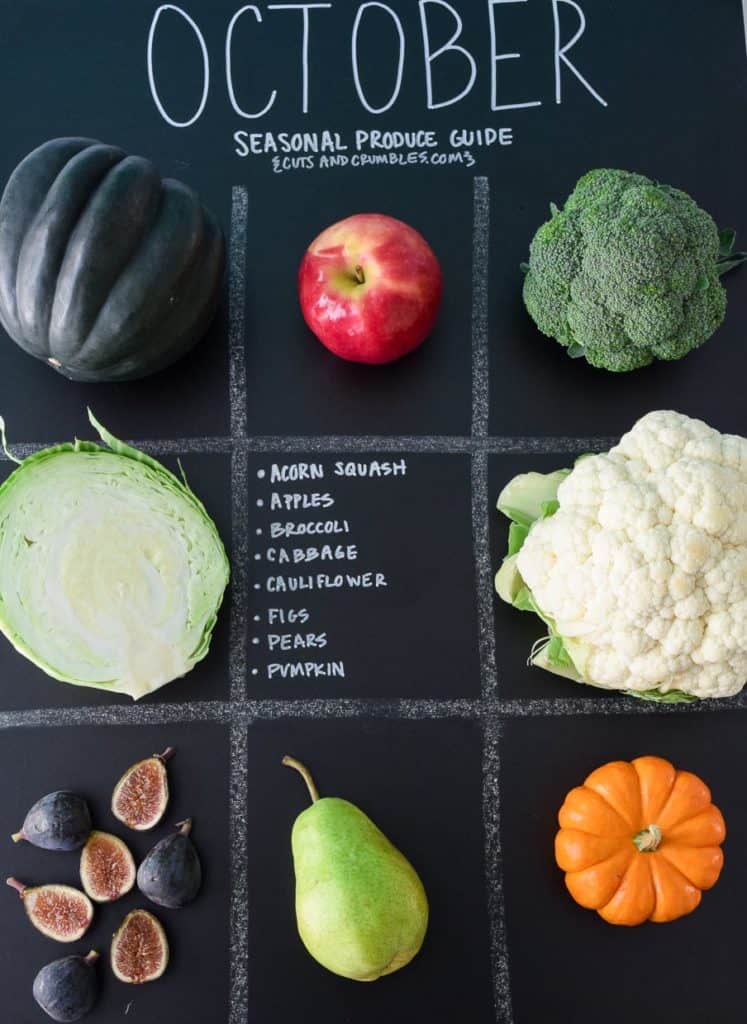
Welcome to spoooooky month! I've been waiting all year to put a pumpkin on my monthly produce guide chalkboard and I am SO excited to finally be hitting fall produce! Don't get me wrong, I love summer with all my heart, but I'm a basic witch deep down so I'm ready for sweata-weatha, apple cider, and crock pots simmering during football games!
These monthly seasonal produce guides are designed to help you determine exactly what foods are currently in season, how to choose them and store them, as well as give you some great recipe ideas from fellow food bloggers that incorporate these seasonal finds!
Eating seasonally will help you save money while increasing the amount of flavor and nutrients you are obtaining from your food. So let's dig into our October Seasonal Produce Guide!
Acorn Squash
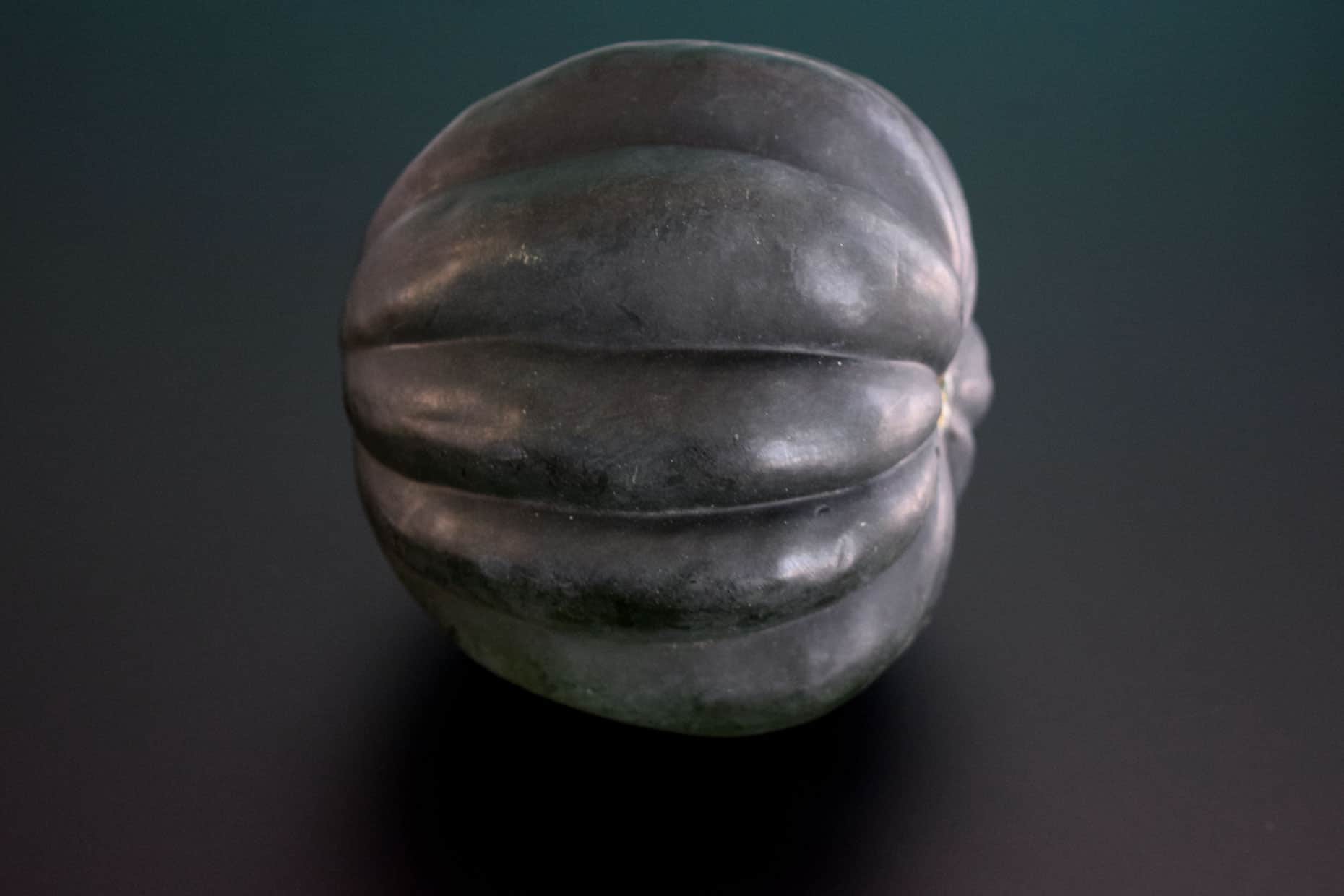
I chose an acorn squash for this month's produce guide because I've been craving this sausage mushroom and apple stuffed acorn squash recipe, but really I could have chosen a butternut or spaghetti squash for this guide as they are all in season this month. (And PS I have excellent recipes for all of them! 🙂 )
- How to choose them:
- Choose an acorn squash that is a dull, smooth, dark green color. Avoid any with soft, mushy spots, which would be a sign of molding, or any that look shiny, as these won't be as sweet as the dull-colored ones.
- It is okay for the squash to have a little area of orange or yellow where it rested on the ground as it grew, but too much orange may indicate that the squash is overripe and will be dry and stringy on the inside.
- Choose a squash that weighs between 1-3 pounds (use the handy dandy grocery store scale to weight it!) A lighter squash indicates loss of moisture and flavor.
- If buying a pre-cut squash, make sure the flesh is bright orange in color and firm to the touch.
- How to store them:
- Store in a cool, dry environment in a single layer for up to 3 months. The temperature should be around 50-55 degrees F.
- Alternatively, you can refrigerate the squash in a loosely sealed bag, but you'll want to use it within 1-2 weeks as the squash will begin losing flavor and nutrients within 5 days of refrigeration.
- Cut squash should be wrapped in plastic wrap, refrigerated and consumed within 4 days.
- How to prepare them:
Apples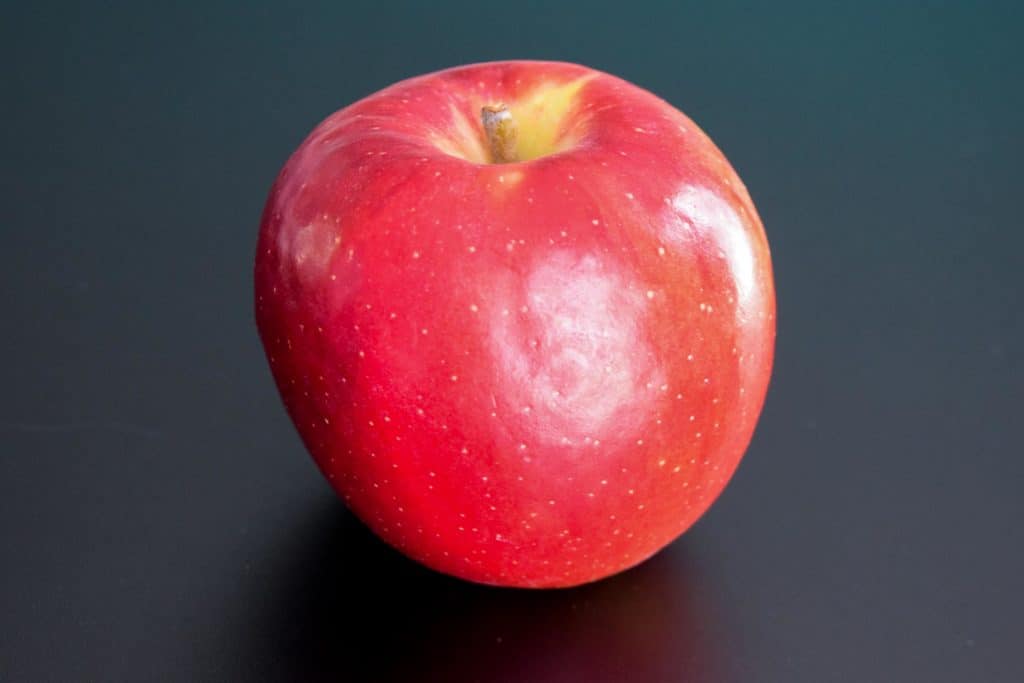
Of course we gotta talk about apples again! It's prime apple cider season! I've actually been super into apples lately as a dessert (not baked into anything, just straight up snacking on apples all day like I'm a sugar glider) and forgot how good all the different variations are!
- How to choose them:
- Choose firm apples that feel heavy for their size. Avoid any that are soft, bruised, cut or indented.
- Sniff the apple to check for a pleasant smell, avoid any that smell foul or rotten.
- Choose apples that have a shiny, smooth skin.
- How to store them:
- Wash and dry and store in the refrigerator until ready to eat.
- Apples will last in the fridge for a few weeks.
- Store separate from other fruits, as the ethylene gas they release will cause other fruits to ripen faster.
- How to prepare them:
Broccoli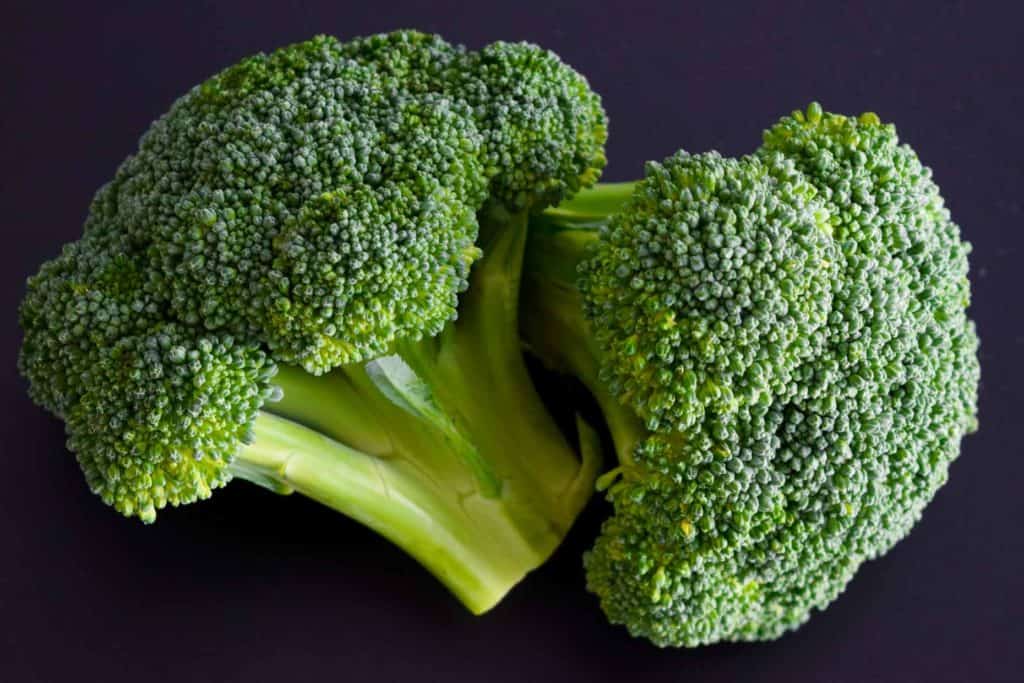
Classic. I think broccoli has shown up on our monthly produce guides more than any other vegetable this year. I haven't done the math but he seems to be a frequent flyer. I won't complain because roasted broccoli is one of my favorite side dishes (only second to roasted brussels sprouts!)
- How to choose it:
- The broccoli should be an even, dark green color with tight florets and firm stalks. The more compact the clusters of florets are, the fresher the broccoli is! The older it gets, the more it will start to spread out and the more the florets will begin to yellow. (Older, yellowed florets will work well in soups or stocks.)
- The cut ends of the stalk should look fresh and not dried out.
- Choose broccoli that looks heavy for its size.
- How to store it:
- You can mist the heads of the broccoli, but do not wash it (too much moisture may cause molding.)
- You can wrap the broccoli in a damp paper towel, but you don’t want to store it in a plastic bag because broccoli needs proper air circulation.
- Store the broccoli in the refrigerator and eat within 3-5 days.
- How to prepare it:
Cabbage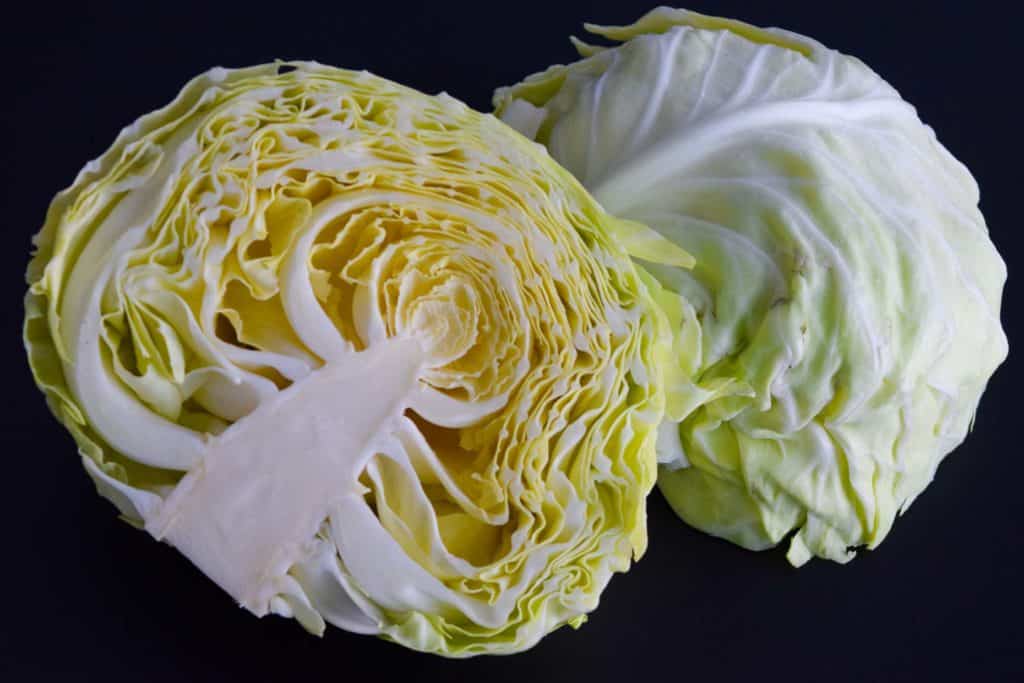
Andrew whipped up a MEAN coleslaw with this month's cabbage purchase. I should make him write a recipe for it because he makes it look so easy and it pairs so well with the BBQ brothers' ribs. I'm not even a coleslaw fan and this stuff was goooood. Yeah...I think I'm gonna put that on his husband to-do list...
- How to choose it:
- Choose a head that is tight and compact and heavy for its size. It should be firm to the touch and you'll want to avoid any cabbage that has discolorations or dark spots.
- Choose cabbage that is rich in whatever color you are choosing (either bright, lime green or dark, maroon red.)
- There should be a few loose leaves and the leaves should be crisp rather than soft. which is a sign that the cabbage is old or damaged.
- Larger heads will have a milder flavor than smaller ones.
- How to store it:
- Store the cabbage whole in a plastic bag. If you must cut it in half, then wrap it in saran wrap before storing.
- Store in the crisper drawer for a few weeks. A whole cabbage will last longer than one that has been cut.
- How to prepare it:
Cauliflower
Ahh, another classic for our monthly produce guide. We used our cauliflower this month to make a deep dish cauliflower crust pizza and it was fan-tast-ic! I am becoming more and more obsessed with the great carb imitator (you just have to have enough cheese to distract you from the missing carbs. #lifemotto)
- How to choose it:
- Choose cauliflower heads that are clean, firm, compact and white or off white in color. Avoid cauliflower that is browned, soft, or has any dark spots.
- Choose a cauliflower head that feels heavy for its size.
- The leaves of the cauliflower should be green and crisp with no signs of yellowing or wilting. Leaves growing within the cauliflower head is fine, just remove them before cooking.
- There should be no smell. If it has a strong odor, it is likely past its prime and will have an unpleasant taste.
- Check the stem to ensure it looks freshly cut and is in good shape.
- How to store it:
- Unwrap your cauliflower from the store packaged plastic wrap, wrap in a paper towel, then transfer to a loosely sealed bag. Store in your refrigerator crisper drawer, stem side up, for 4-7 days.
- Pre-cut florets should be used within 4 days.
- Do not wash the cauliflower until you are ready to use it.
- How to prepare it:
Figs
This was my first experience with figs. And let me tell you, this fruit ain't loyal. These things will turn on you faster than avocados.
In the time it took me to go to Pinterest to decide how I wanted to prepare them they turned moldy. So first thing I learned about figs is to use them IMMEDIATELY....or within 2-3 days as you'll see below. (Okay, perhaps my Pinterest story was exaggerated...)
- How to choose them:
- Choose figs that are plump, clean and dry with smooth, unbroken skin. Avoid any with bruises or that show any signs of molding. Check the bottom of the container to make sure there are no signs of molding from the lower figs.
- Choose figs that are soft and give a little when pressed. Avoid any that feel mushy or hard.
- Avoid any that have loose stems that wiggle, as this is a sign of mushy fig.
- Smell the fig and avoid any that smell sour, as this is a sign that they are starting to go bad.
- How to store them:
- Store on a plate or in a shallow bowl covered with plastic wrap in the refrigerator until ready to eat.
- Figs should be used with 2-3 days, as they go bad very quickly. Store in the coldest part of your refrigerator to help keep them fresh as long as possible.
- How to prepare them:
Pears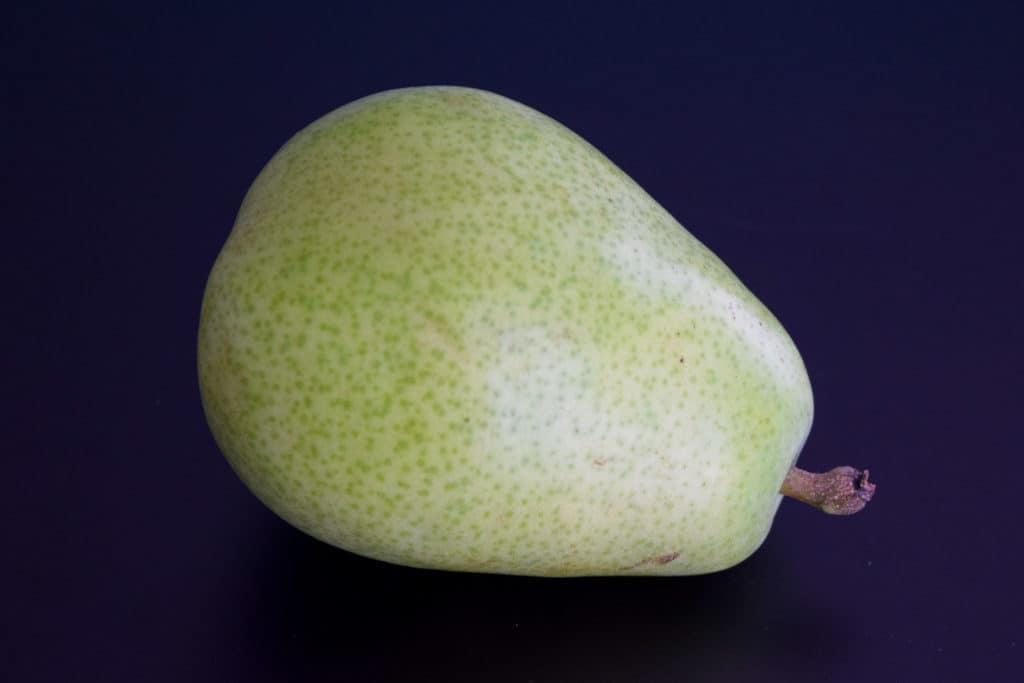
I'm not one to snack on pears alone but I do love them on flatbreads and sandwiches, or tossed into salads or onto charcuterie platters for a sweet crunch. Basically I like them as an accompaniment to meat and cheese which obviously makes them one of my favorite fruits!
- How to choose them:
- Press on the pear by the stem. If you want to eat the pear immediately, it should give a little when pressed. If you want it eat it in a few days, it should be hard. The pear should not be soft anywhere else, as this is a sign that it is overripe.
- Choose pears that are smooth and firm with bright, shiny skin.
- Avoid any pears with bruises or cuts.
- How to store them:
- Store in a paper bag with other fruit (such as an apple or banana) to speed up ripening, if necessary.
- Store at room temperature until ripe and ready to eat.
- Ripe pears can be stored in the refrigerator for 3-5 days.
- How to prepare them:
Pumpkins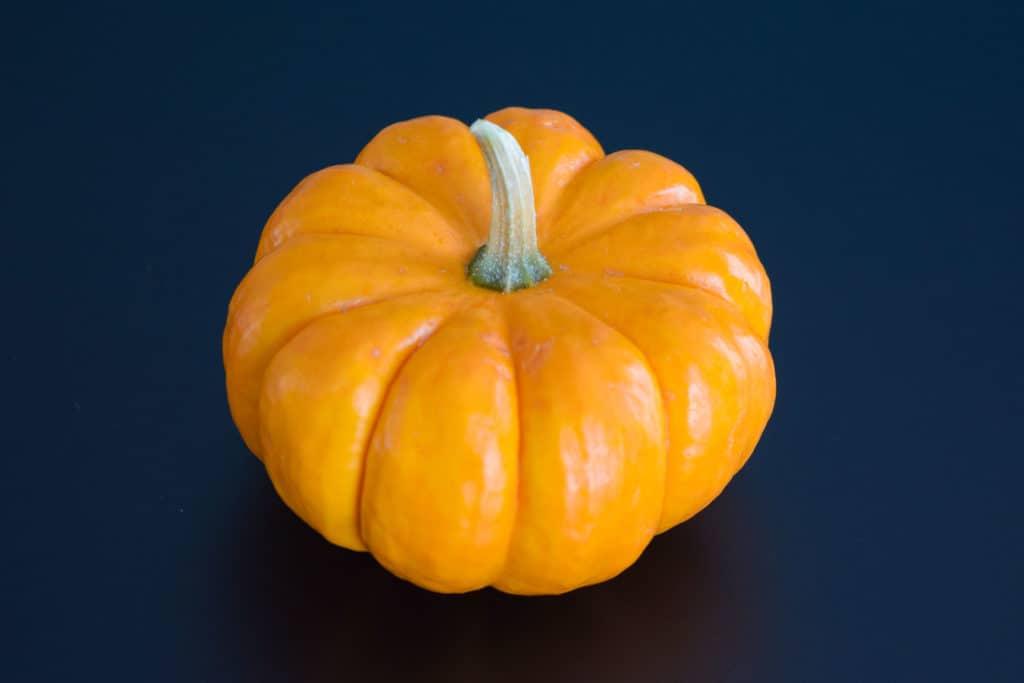
Last but not least on this month's produce guide, of course we have to talk about PUMPKINS in October! Personally I'm not a fan of pumpkin-flavored anything so when I choose a pumpkin it's for decorative purposes only (which is why I bought the tiniest pumpkin on the planet).
However, I know I'm the minority here and most people love pumpkin pie and pumpkin seeds and pumpkin everything right now so I'm still going to educate myself on how to choose them for cooking/baking in case I ever decide to whip up something pumpkin-y!
- How to choose them:
- Choose pumpkins with smooth, unblemished, even colored skin. Pumpkins will get duller as they age but also get sweeter.
- Avoid any pumpkins with bruised skin or soft spots. Be sure to check the bottom for any signs of rot.
- Choose pumpkins with a brown or dark green dry stem and avoid carrying it by the stem.
- How to store them:
- Store in a cool, dark place for a few weeks until ready to use. Once cut, wrap tightly and refrigerate for up to 5 days.
- How to prepare them:
That's it!! I hope you enjoyed this month's produce guide! Plan ahead by checking out next month's guide!

Geoffrey at Spoonabilities says
Hi Caitlin,
Thanks for including our Caramel Vodka Apple Punch in your Seasonal Guide. We created a 'media mention' page and included you on it. You can find it at https://www.spoonabilities.com/news-buzz/.
Thanks again!
Caitlin says
Of course, it looks awesome!! Love that page, what a great idea!